| CaRed
Research
History
Divulgation
Events
Links |
 |
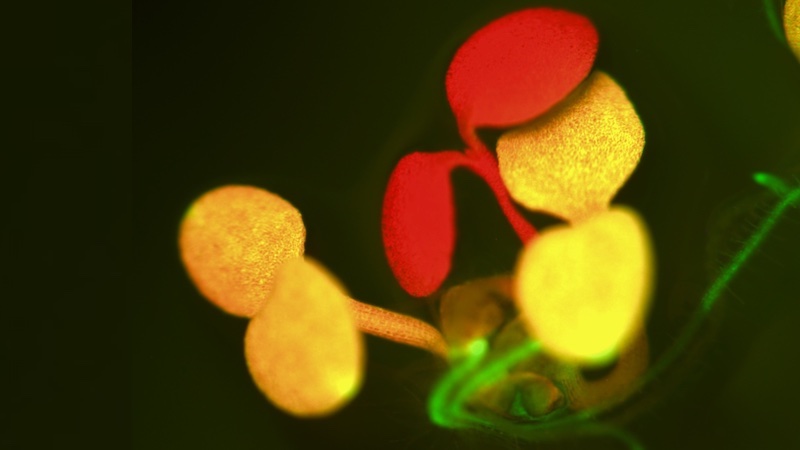 |
|
Participating
groups
|
| According
to their working subjects, the groups are distributed
in four areas: (1) Metabolism and regulation, (2) Food
and feed, (3) Biotechnology, and (4) Nutrition and Health. |

Research lines
Publications resulting from network collaborations
| RESEARCH ARTICLES BIO-US & IG-CSIC Miller AP, Hornero-Méndez D, Bandara S, Parra-Rivero O, Limón MC, von Lintig J, Avalos J, Amengual J (2023) Bioavailability and provitamin A activity of neurosporaxanthin in mice. Communications Biology 6: 1068. PubMed IBMCP-CSIC & IG-CSIC Cardona-Medina E, Santos M, Nodari R, Hornero-Mendez D, Peris A, Wong DCJ, Matus JT, Rodriguez-Concepción M (2023) Accumulation of azafrin in the root apoplast of the medicinal plant Escobedia grandiflora might play a role in parasitism. Plants People Planet, 5: 354-367. Wiley UCLM & ICTAN-CSIC Morote L, Lobato-Gómez M, Ahrazem O, Argandoña J, Olmedilla-Alonso B, López-Jiménez AJ, Diretto G, Cuciniello R, Bergamo P, Frusciante F, Niza E, Rubio-Moraga A, Crispi S, Granell A, Gómez-Gómez L (2023) Crocins-rich tomato extracts showed enhanced protective effects in vitro. Journal of Functional Foods, 101: 105432. ScienceDirect CRAG-CSIC & ICTAN-CSIC Andersen TB, Llorente B, Morelli L, Torres-Montilla S, Bordanaba-Florit G, Espinosa FA; Rodriguez-Goberna MR, Campos N, Olmedilla-Alonso B, Llansola-Portoles MJ, Pascal AA, Rodríguez-Concepción M. (2021) An engineered extraplastidial pathway for carotenoid biofortification of leaves. Plant Biotechnol J 19: 1008-1021. PubMed ICTAN-CSIC & FAR-US Olmedilla-Alonso B, Benítez-González AM, Estévez-Santiago R, Mapelli-Brahm P, Stinco CM, Meléndez-Martínez AJ (2021) Assessment of food sources and the intake of the colourless carotenoids phytoene and phytofluene in Spain. Nutrients 13: 4436; 2021. PubMed BIO-US, IATA-CSIC & IG-CSIC Parra-Rivero O, Barros MP de, Prado MM, Gil JV, Hornero-Méndez D, Zacarías L, Rodrigo MJ, Limón MC, Avalos J (2020). Neurosporaxanthin overproduction by Fusarium fujikuroi and evaluation of its antioxidant properties. Antioxidants (Basel) 9: 528, 1-17. PubMed BIO-US & IG-CSIC Hornero-Méndez D, Limón MC, Avalos J (2018) HPLC analysis of carotenoids in neurosporaxanthin-producing fungi. Methods Mol. Biol. 1852: 269-281. PubMed CRAG-CSIC: Centre for Research in Agricultural Genomics, Barcelona (laboratory of the group of M. Rodríguez-Concepción in former CaRed editions) |
REVIEWS
ALL THE GROUPS (1ª edición CaRed) Rodriguez-Concepción M, Avalos J, Bonet ML, Boronat A, Gómez-Gómez L, Hornero-Méndez D, Limón MC, Meléndez-Martínez AJ, Olmedilla-Alonso B, Palou A, Ribot J, Rodrigo MJ, Zacarías L, Zhu C (2018) A global perspective on carotenoids: Metabolism, biotechnology, and benefits for nutrition and health. Prog Lipid Res. 70: 62-93. PubMed ICTAN-CSIC, IG-CSIC & FAR-US Dias MG, Olmedilla-Alonso B, Hornero-Méndez D, Mercadante AZ, Osorio C, Vargas-Murga L, Meléndez-Martínez AJ (2918) Comprehensive database of carotenoid contents in ibero-american foods. A valuable tool in the context of functional foods and the establishment of recommended intakes of bioactives. J. Agric. Food Chem. 66: 5055-5107. PubMed BIO-US & IG-CSIC Avalos J, Pardo-Medina J, Parra-Rivero O, Ruger-Herreros M, Rodríguez-Ortiz R, Hornero-Méndez D, Limón MC (2017) Carotenoid biosynthesis in Fusarium. J Fungi 3: 39, 1-16. MDPI UCLM, IATA-CSIC & BIO-US Ahrazem O, Gómez-Gómez L, Rodrigo MJ, Avalos J, Limón MC (2016) Carotenoid cleavage oxygenases from microbes and photosynthetic organisms: features and functions. Int J Mol Sci, 17: 1781, 1-38. PubMed BOOK CHAPTERS CHAPTERS FROM CRAG, UCLM, FAR-US & IG-CSIC Plant and Food Carotenoids. Methods and Protocols (2020) Methods in Molecular Biology, vol. 2083. Ed. M Rodríguez-Concepción and R. Welsch. Springer. Humana, New York, NY. Springer |
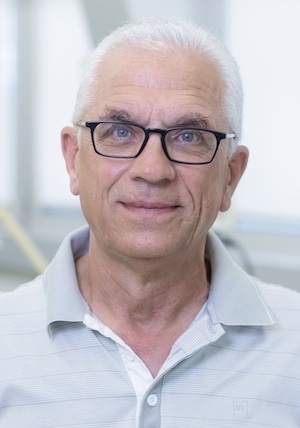






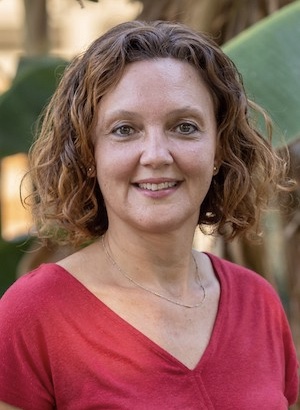
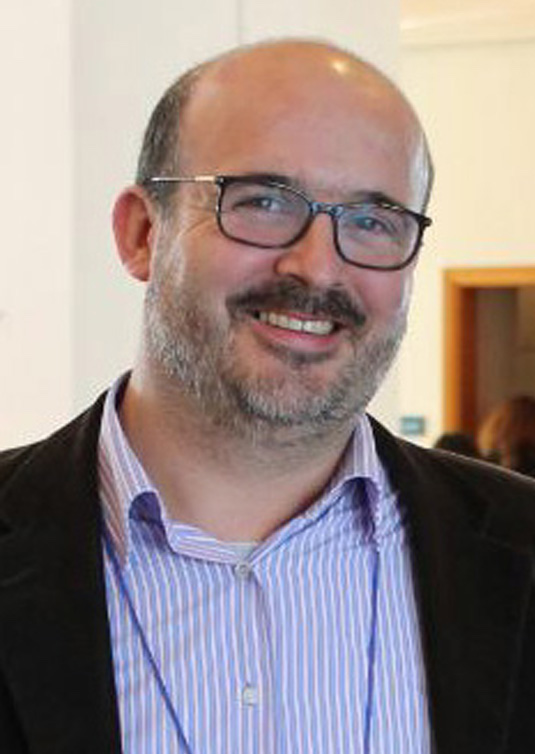

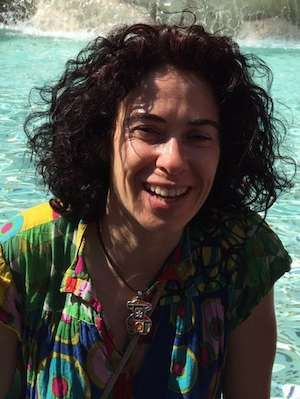

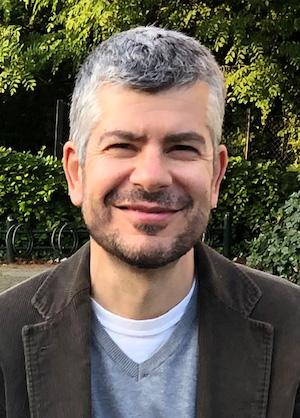


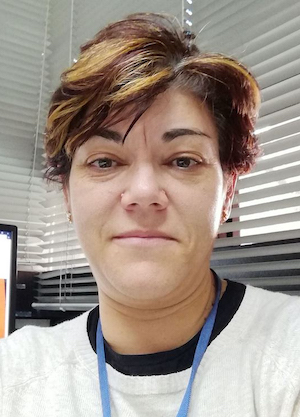
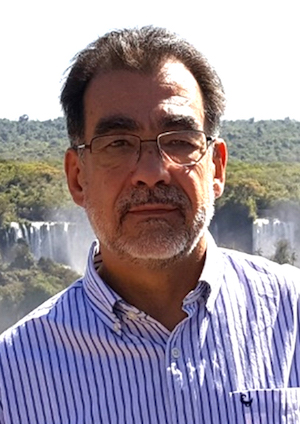 Lorenzo Zacarías
Lorenzo Zacarías



